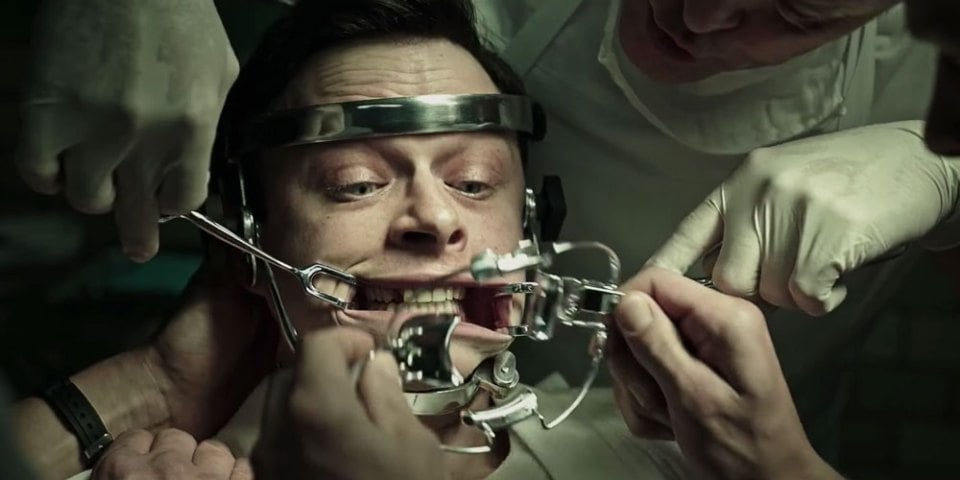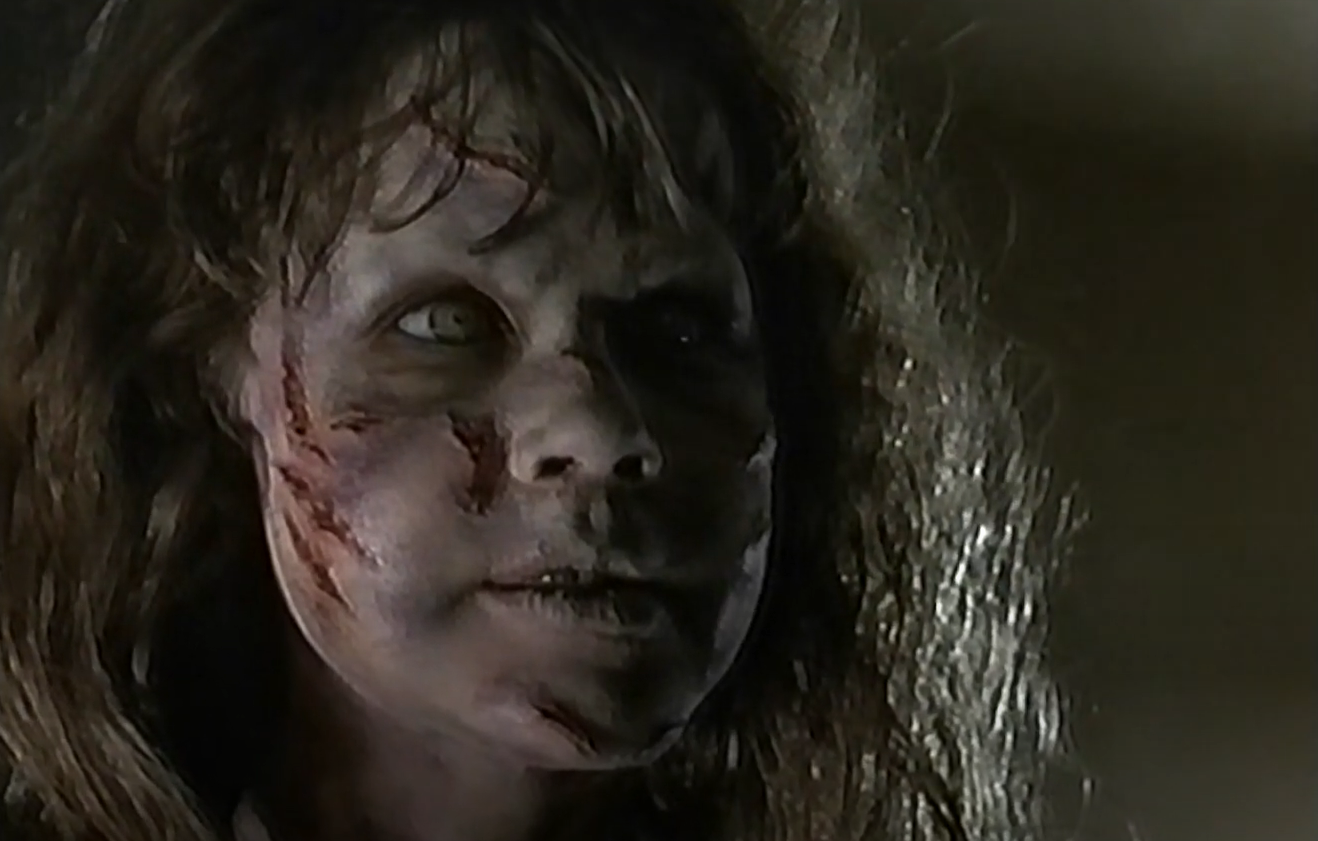Movies
[Review] The Interminable ‘A Cure For Wellness’ is a Feast for the Eyes

In the vein of the classic slow burn horror films of the late 1960s and early 1970s, Gore Verbinski’s (The Ring, the first three Pirates of the Caribbean films) A Cure for Wellness is a curious beast. Running at a rather lengthy 146 minutes, the film stands out among the recent slew of horror films that 2017 has gifted us in that it’s just so damn classy. It’s not so surprising that the film was made, but rather that a big studio (20th Century Fox) had enough faith in the film to give it a wide release (not to mention all the creative freedom allowed to Verbinski). I’m not complaining. On the contrary, I’m actually thrilled that a film like A Cure for Wellness is seeing such a wide release. Combining elements of The Shining and Rosemary’s Baby with more recent films like Shutter Island and (as odd as it sounds) the 1999 House on Haunted Hill remake, it is a beautifully shot film with some career-best work by Verbinski. That being said, it suffers from a lack of editing and some narrative issues that prevent it from being a truly great film.
Lockhart (Dane DeHaan, Chronicle, The Amazing Spider-Man 2), a young and ambitious executive, is sent to a spa and wellness center for the wealthy in the Swiss Alps to find his company’s CEO, who never returned from his vacation. Once there, he discovers that Dr. Volmer (Jason Isaacs, The Patriot, the Harry Potter franchise) has diagnosed all of the center’s patients with a mysterious condition and prescribes so-called “treatments” that don’t do much to actually make them well. After a car accident leaves Lockhart confined to the hospital, Volmer diagnoses him with the same mysterious illness that plagues the other patients. Lockhart must then endure Volmer’s treatments while working to unravel the secrets of the center.
A Cure for Wellness is a gorgeous film. Verbinski reteams with Bojan Bazelli, whom he worked with on The Ring 15 years ago. The two prove to be a marvelous team, as nearly every shot in the film oozes with atmosphere and beauty. You’d be hard-pressed to find a better-looking mainstream horror film in the past decade. It ranks with last year’s Crimson Peak in terms of beauty, though A Cure for Wellness has more in common with German Expressionism than with Peak’s Gothic style.
Verbinski manages to draw a considerable amount of tension out of Justin Haythe’s (Revolutionary Road) screenplay. Horror junkies should feel right at home in sequences that feature a plethora of eels in a sensory deprivation tank (and a bathtub, and a toilet, and a pool) as well as scenes of torturous dental surgeries. Verbinski doesn’t shy away from the gruesome details and for that he should be commended. The subject matter of the film would make it difficult to turn A Cure for Wellness into a PG-13 film, but I’m sure the thought crossed some executives’ minds. This is most definitely an R-rated film, and some of the set pieces will stick with you long after you’ve left the theater.
Performances are strong across the board. DeHaan wouldn’t be my first choice when thinking of an ambitious executive, but he plays the part well. Isaacs has made a career out of playing nefarious creepers, and he doesn’t disappoint here. He gets to go a little crazy in the final act which is a cathartic feeling after so much subdued insanity. Mia Goth’s Hannah, a shy girl whom Lockhart befriends in the sanatorium, is also compelling, though the mystery surrounding her character isn’t all that mysterious (more on that in a bit).
There is one major flaw with A Cure for Wellness and that is that it’s too long (something our own Benedict Seal expressed his concerns about earlier this week). At 146 minutes, the film drags on about 40 minutes longer than it should. Had those 40 minutes been shaved off of the middle of the film it would have helped to help tighten things up a bit. This extraordinary length wouldn’t be so punishing if it weren’t for two things: 1) Lockhart is one of the most unsympathetic protagonists seen on film in recent memory and 2) the third act reveal is obvious at the 20-minute mark.
This means that for the middle 110 minutes you’re following a douchebag around the halls of a creepy hospital and watching a lot of imagery that, while pretty, is merely trying to distract you from the fact that you know exactly where the film is going. It gets to the point that even the technical feats of the film fail to impress because you’ll be too busy checking your watch to see how much more you’ll have to sit through before the big reveal that you already know. It wouldn’t be so bad if Lockhart was enjoyable to be around, but he’s not. In fact, he’s insufferable and kind of stupid. He has several opportunities to leave the center but chooses to stay out of sheer curiosity. It’s incredibly frustrating.
Regarding the climax, the mystery that the film takes its sweet time unraveling will be solved long before the second act starts. Without going into spoilers, I’ll just say you’ll know the moment when it happens. One monologue in the first act practically gives away the entire twist, reinforcing the fact that a stricter editor could have been used. A Cure for Wellness has a lot in common with Martin Scorsese’s Shutter Island in that both films are fairly long and their third act twists are fairly obvious. What makes Shutter Island the better film is that the journey to that twist is much more captivating than the one in A Cure for Wellness. It doesn’t make the film terrible, but it certainly doesn’t do it any favors.
A Cure for Wellness is worth seeing. It is half of a good movie. From a technical standpoint the film is almost perfect. It’s just a shame that the narrative fails to live up to the high standards set by the rest of the film. Had Haythe’s script been trimmed down, A Cure for Wellness could have been a fantastic horror film. Instead it’s just a okay film with some wonderful visuals.


Movies
Mike Flanagan in Talks to Direct the Next ‘Exorcist’ Movie

Recent comments from producer Jason Blum suggested that a retool was in order when last year’s The Exorcist: Believer wasn’t as successful as Blumhouse and Universal hoped. That certainly seems to be the case, as Deadline reports tonight that Mike Flanagan is in talks to direct the next Exorcist movie.
Director David Gordon Green was initially on board to direct an entire trilogy of new movies in the franchise, with The Exorcist: Believer intended to be only the first film in that three-film sequel series. Originally set to hit theaters on April 18, 2025, sequel The Exorcist: Deceiver was delayed when Green left the project.
If talks come to fruition, Flanagan will take over, likely steering the franchise in a new direction.
The first film in the trilogy was released theatrically on October 13, 2023, with Leslie Odom Jr. starring alongside a returning Ellen Burstyn from the original classic.
In Believer, “Since the death of his pregnant wife in a Haitian earthquake 12 years ago, Victor Fielding (Leslie Odom, Jr.) has raised their daughter Angela (Lidya Jewett) on his own.
“But when Angela and her friend Katherine (Olivia Marcum) disappear in the woods, only to return three days later with no memory of what happened to them, it unleashes a chain of events that will force Victor to confront the nadir of evil and, in his terror and desperation, seek out the only person alive who has witnessed anything like it before.”
The final moments of The Exorcist: Believer brought Linda Blair’s Regan MacNeil back into the fold, seeming to suggest that the legacy character could return in future installments.
As for Flanagan, the horror filmmaker has Life of Chuck on the way. Flanagan previously helmed Stephen King adaptations Doctor Sleep and Gerald’s Game, and he’s also known for titles including Ouija: Origin of Evil and Oculus, along with the Netflix horror shows The Haunting of Hill House, The Haunting of Bly Manor, and The Fall of the House of Usher.
Stay tuned for more as we learn it.












You must be logged in to post a comment.